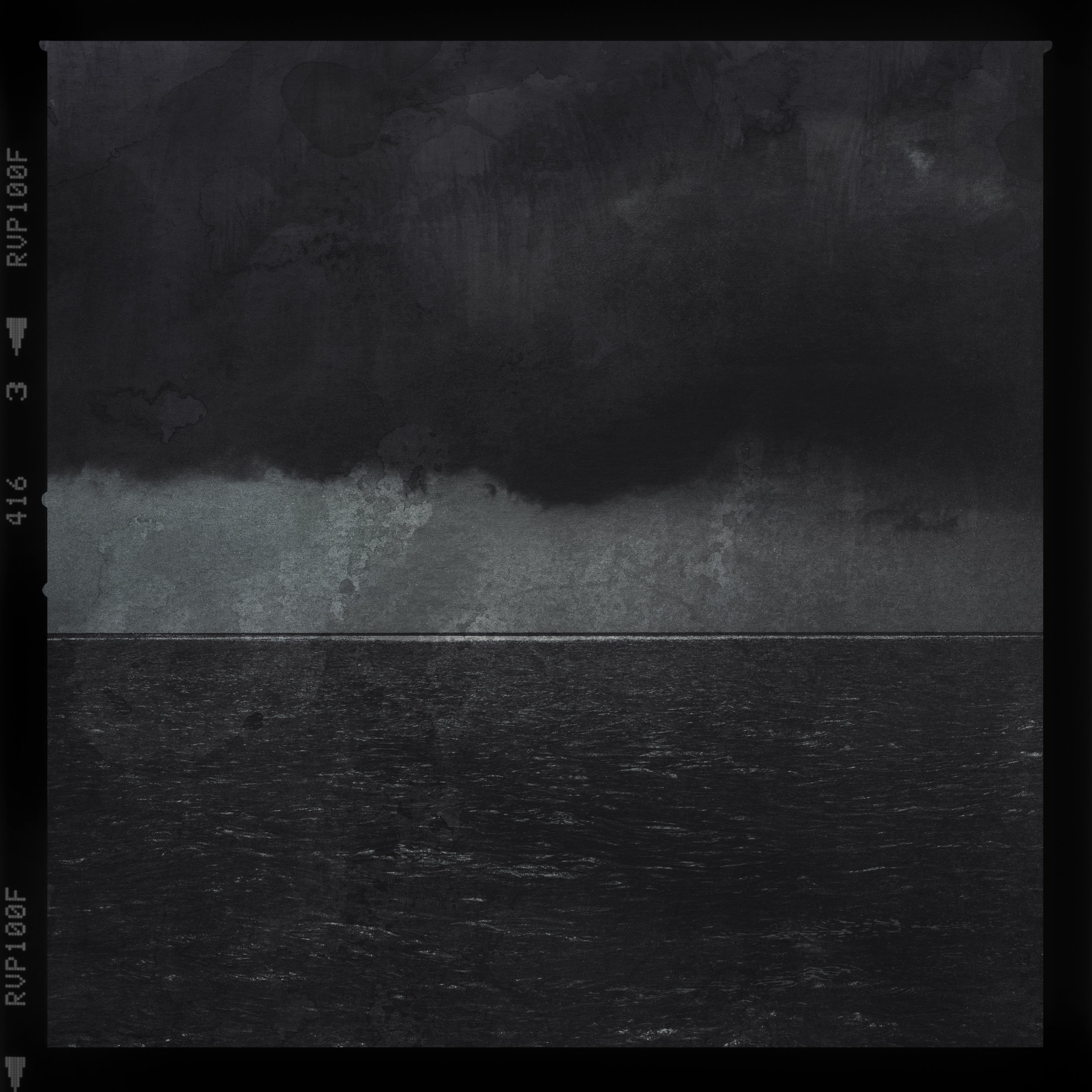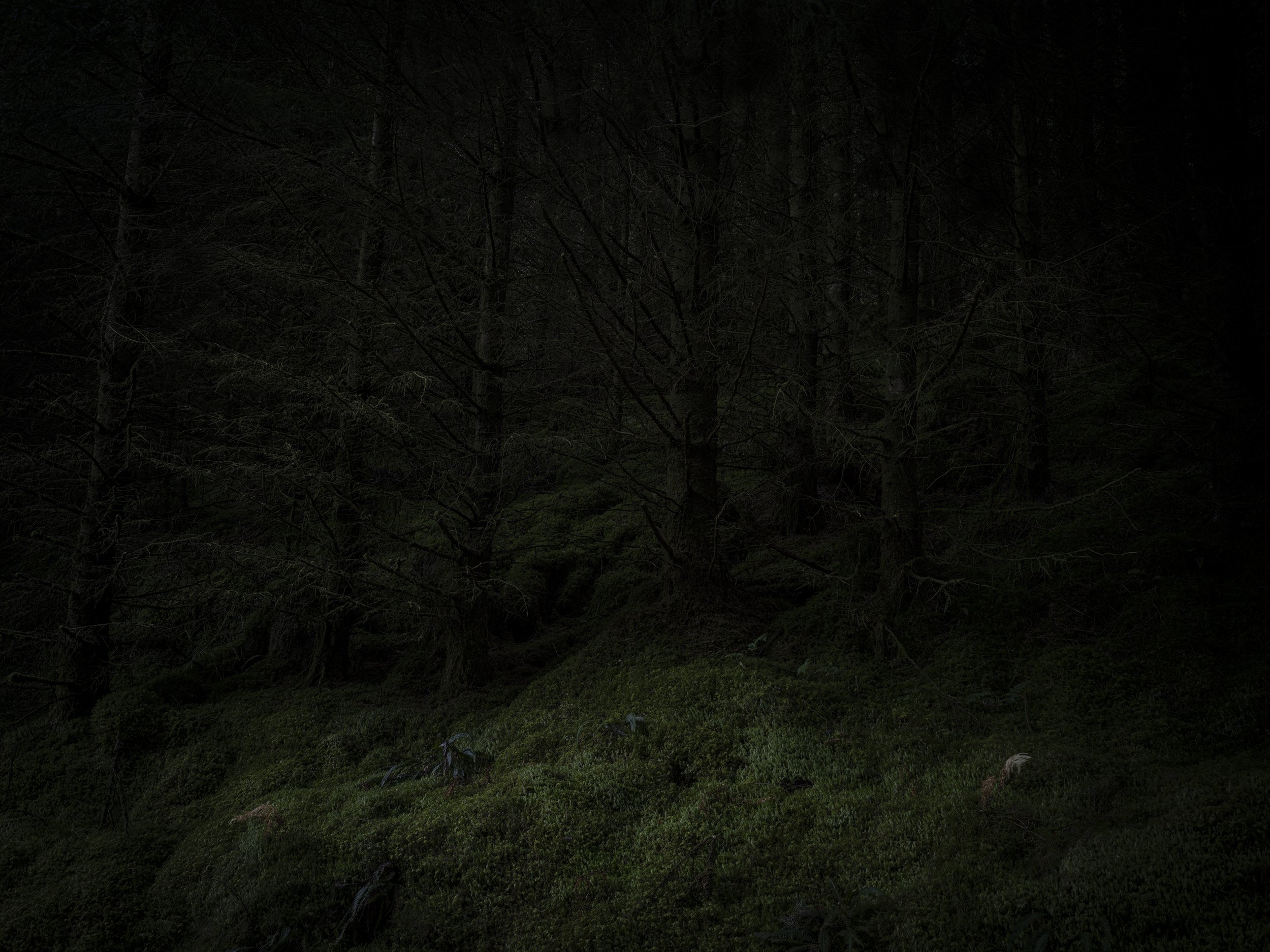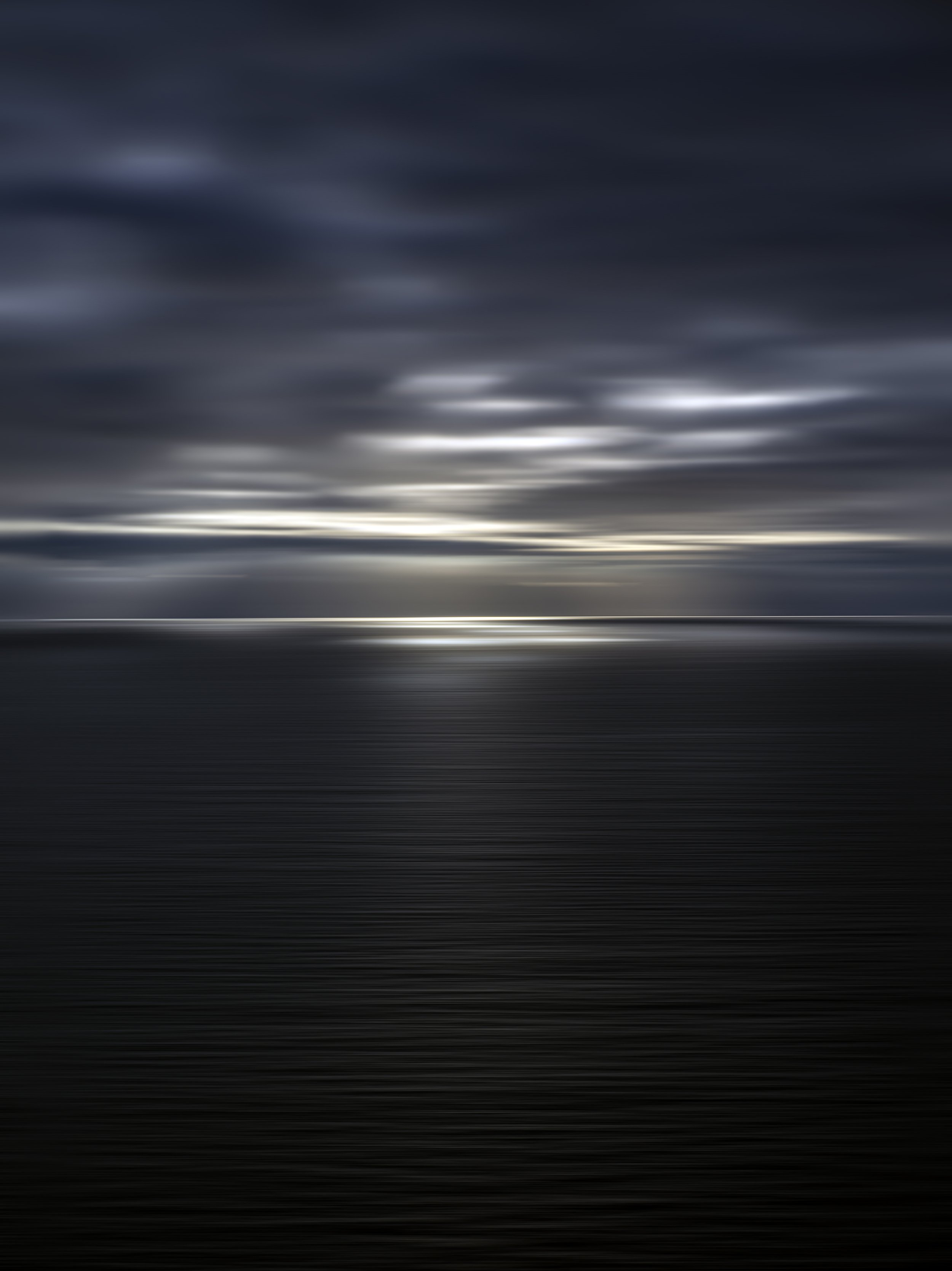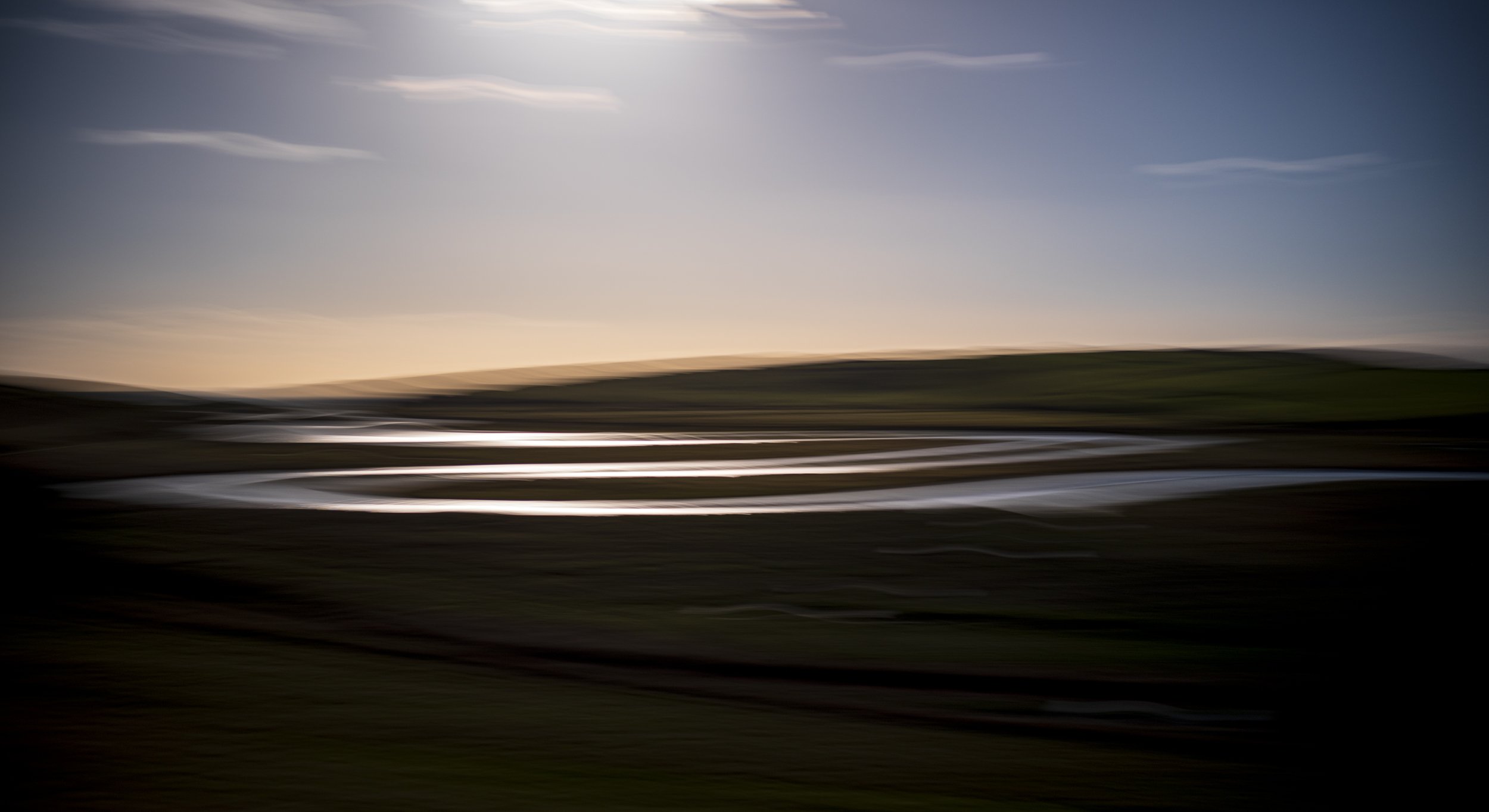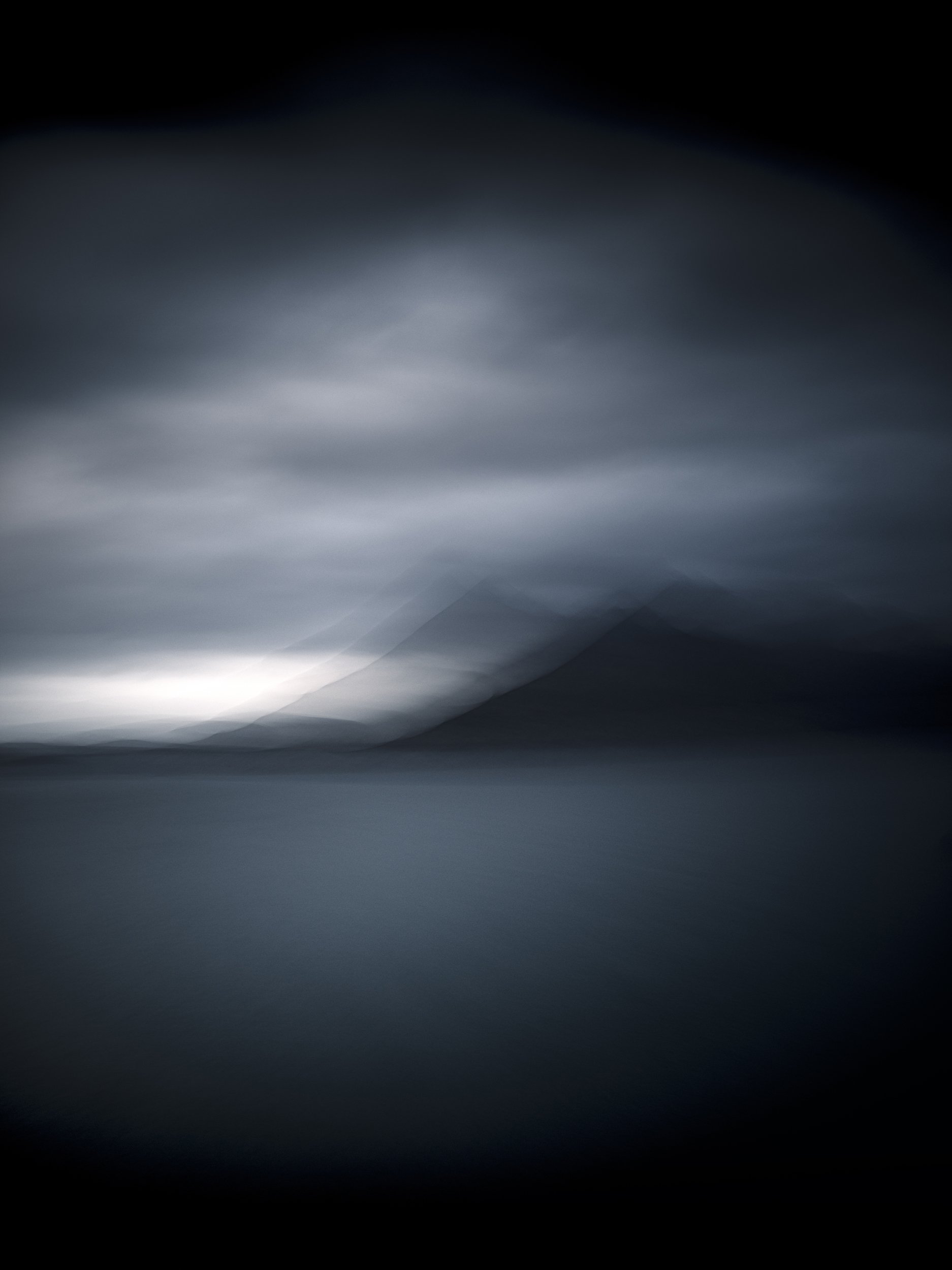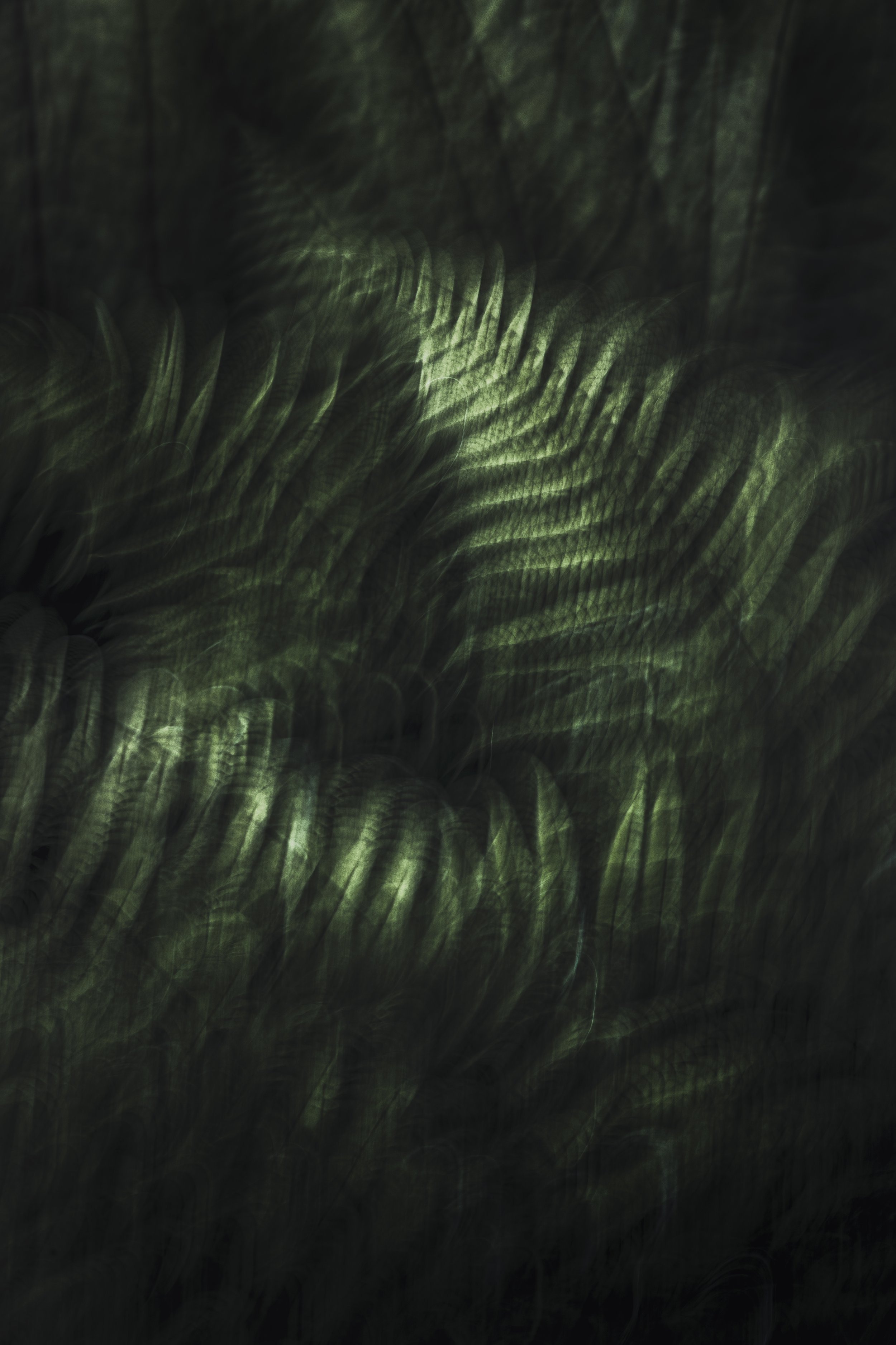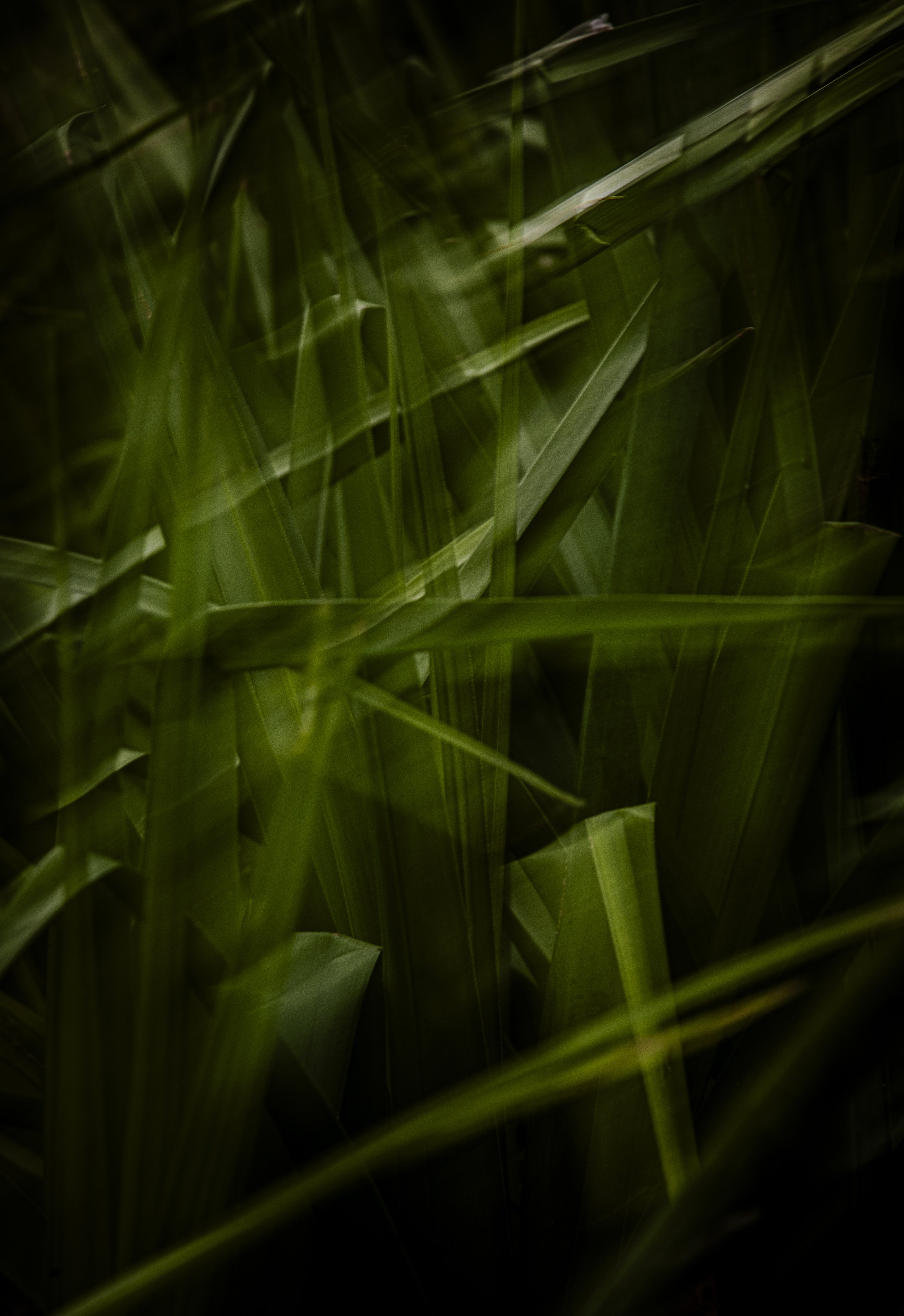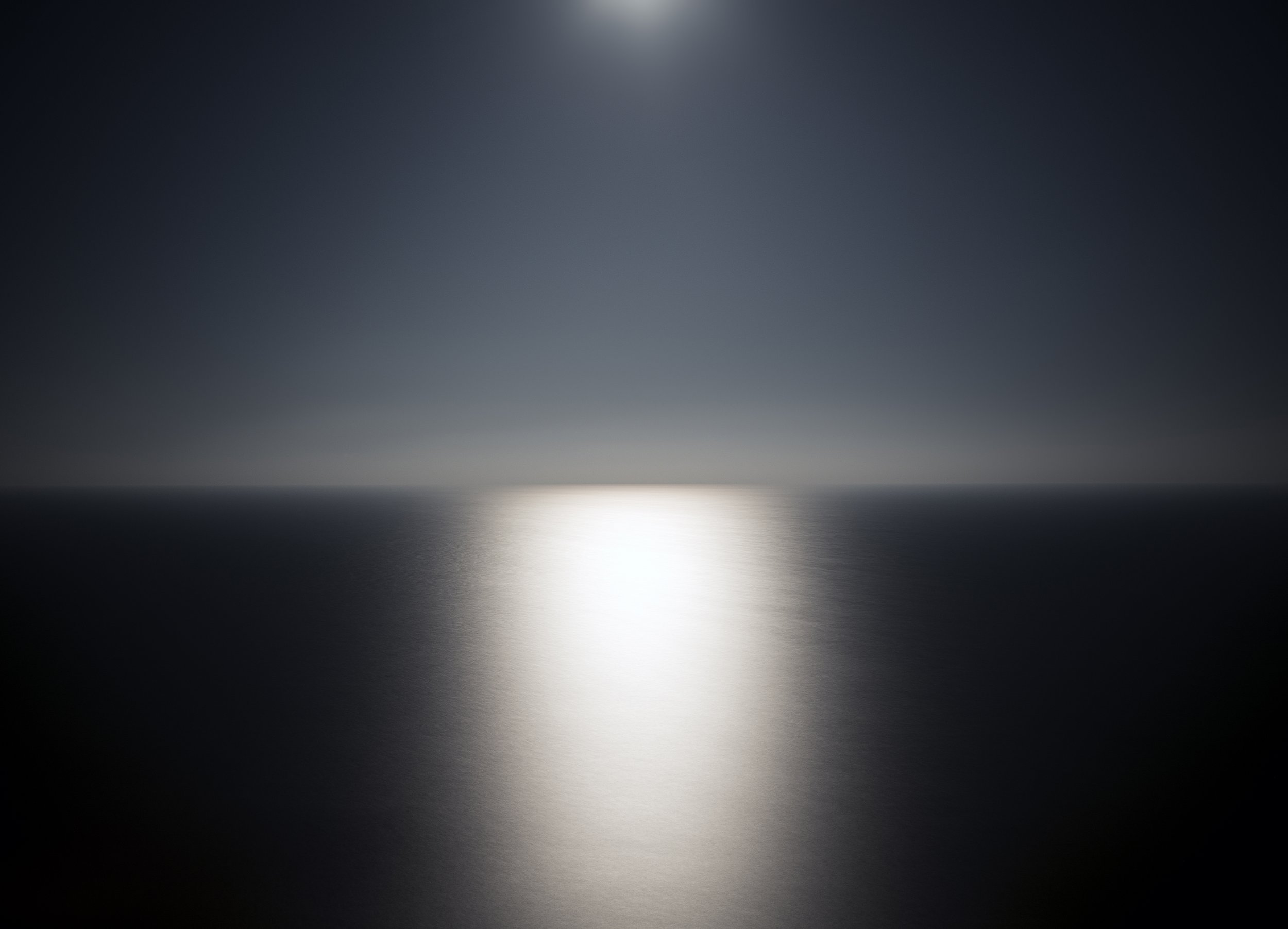
High Land Tree Road - 2022 - Present
High Land Tree Road I
High Land Tree Road II
Dark Sea - 2020 - Present
Dark Sea I
Dark Sea II
Dark Sea III
Dark Sea IV
Dark Sea V
Dark Sea VI
Dark Sea VII
Dark Sea I
(Special Edition)
Dark Sea II
(Special Edition)
Dark Sea IV
(Special Edition)
Dark Sea V
(Special Edition)
Dark Sea X
(Special Edition-5x4)
In Dark Trees III - 2023 - Present
'What is meant by the immensity of the forest. For this immensity orginates in a body of impressions which, in reality, have little connection with geographical information.
We do not have to be long in the woods to experience the always rather anxious impression of “going deeper and deeper” into a limitless world.……
Forests, especially, with the mystery of their space prolonged indefinitely beyond the veil of tree trunks and leaves, space that is veiled for our eyes, but transparent to action, are veritable psychological transcendents.’
In Dark Trees III
# 1
In Dark Trees III
# 2
In Dark Trees III
# 3
In Dark Trees III
# 4
In Dark Trees III
# 5
Saccadic Light - 2022 - Present
The ‘Saccadic Light’ series is inspired by the saccadic or rapid movement of the eye between two points of visual interest within the landscape. The unseen subliminal transition is blurred, abstract. Here the camera mirrors this sweeping of the visual field and a subconscious perception of light.
This strategy of image making is inspired by a rich inheritance of reductive aesthetics from Turner to Rothko. A pictorial world without matter that would set us free from the pull of terrestrial gravity and immerse us in colour and light. Perhaps questioning where does the precision of photography end and the creativity of painting begin?
Saccadic Light - # 1
Saccadic Light - # 2
Saccadic Light - # 4
Saccadic Light - # 5
Saccadic Light - # 7
Saccadic Light - # 12
Saccadic Light - # 15
Saccadic Light - # 16
Saccadic Light - # 17
Saccadic Light - # 19
Grow Dark - 2022 - Present
What does it mean for a scene to grow dark - Shadows extend as their tendrils envelop what was once familiar now cloaked in darkness and mystery.
‘Grow Dark’ explores similar themes to ‘In Dark Trees’. The twilight world of the forest an already seemingly impenetrable landscape acquires another layer of mystery as day turns to night. Shapes descend into blackness now abstract, evoking a sensation of being lost in the forest.
‘We do not have to be long in the woods to experience the always rather anxious impression of “going deeper and deeper” into a limitless world.……
Forests, especially, with the mystery of their space prolonged indefinitely beyond the veil of tree trunks and leaves, space that is veiled for our eyes, but transparent to action, are veritable psychological transcendents.’
Grow Dark I
Grow Dark II
Grow Dark III
Precession II - 2018 - Present
‘The horizon divides opacity from transparency. It is just one small step from earth matter to space light’ - Paul Virilio
The Precession series require the viewer to stand before them, close enough to experience all their nuances of colour and form. These simple sea and sky horizons are formed by capturing the subtle shifts of hue as daylight fades after sunset or emerges prior to sunrise, or sometimes harnessing the more rapid changing drama of an approaching storm. With exposures of up to an hour these images aim to examine the distinct boundaries between real and pictorial space, solid matter and light, ‘the full’ and 'the void’.
‘My aim is to explore the tangibility of light, space and even time within the photograph’
‘Precession’, an actual shift of sky against horizon, caused by a tilt in the earth's axis, exposes inaccuracies in how we mark time and space. A disruption that is, perhaps, echoed in the production of the photograph.
‘By its very nature photography involves abstraction, or the reduction of human vision to a two-dimensional representation’.
In the ‘Precession’ series the strong geometry that exists in nature is pared back to its simplest form. The horizon no longer provides reference for perspective, but becomes divider of the picture plane. This flattening of pictorial space, places us in what Gaston Bachelard termed 'intimate immensity’ where the space of the personal and the universal blend. The observer is confronted by an image of profound dimension whilst being drawn to the photographic surface. The image is prevented from adrift into pure abstraction by the traces of clouds, waves and land emerge almost as mere brush strokes the surface.
This image of limitless horizon and unbroken parallel is inspired by a rich inheritance of reductive aesthetics from Friedrich and Turner to Rothko and Ritcher. Indeed Friedrich and Turner conveyed in a vision of sea and sky a ‘pictorial world without matter’ that would set us free from the pull of terrestrial gravity and immerse us in pure colour and light.
The images are carefully selected by a number of aesthetic criteria. Often where detail is profoundly reduced, flatness enhanced. The quality of light and climatic conditions provide a full range of tonality and presence. Some appear airy and light while others, metallic, weigh a tonne. The absence of a clear subject leaves the viewer feeling disorientated, highlighting the act of observing and the nature of visual representation. The attention of the viewer is shifted from object to their own perceptual process in relation to object, again disrupting the distance between the observer and the site of optical experience. This flatness and scale, together with their treatment of light, seems to align them more firmly with hard edged modernist painting than photography. Perhaps questioning where does the precision of photography end and the creativity of painting begin?










